In today’s world, we often see peace symbols displayed everywhere from protest signs to jewelry. These powerful markers of harmony span centuries and cultures, each telling its own story of humanity’s eternal quest for nonviolence and understanding.
Let me take you on a journey through the most significant peace symbols around the world. We’ll explore how these symbols emerged and why they continue to resonate with people today.
Historical Roots of Peace Symbols
The story of peace symbols begins thousands of years ago. Ancient civilizations created visual representations of harmony to communicate their desire for peaceful coexistence. From the early dove with olive branch in Mediterranean cultures to the intricate mandalas of the East. These symbols transcended language barriers.
Throughout history, times of great conflict often sparked the creation of new peace symbols. When words failed, these visual markers helped bridge divides between warring parties and offered hope for reconciliation.
Origin Stories
The most powerful peace symbols often emerged from moments of profound crisis. Consider the story of Gerald Holtom, who created the modern peace sign in 1958 for the British Campaign for Nuclear Disarmament (CND). His simple design combined the semaphore signals for ‘N’ and ‘D’ (Nuclear Disarmament), creating an icon that would spread worldwide.
First Peace Symbol
The modern peace sign represents one of humanity’s most powerful statements against war. Created by Gerald Holtom, this symbol merged deep meaning with striking simplicity.
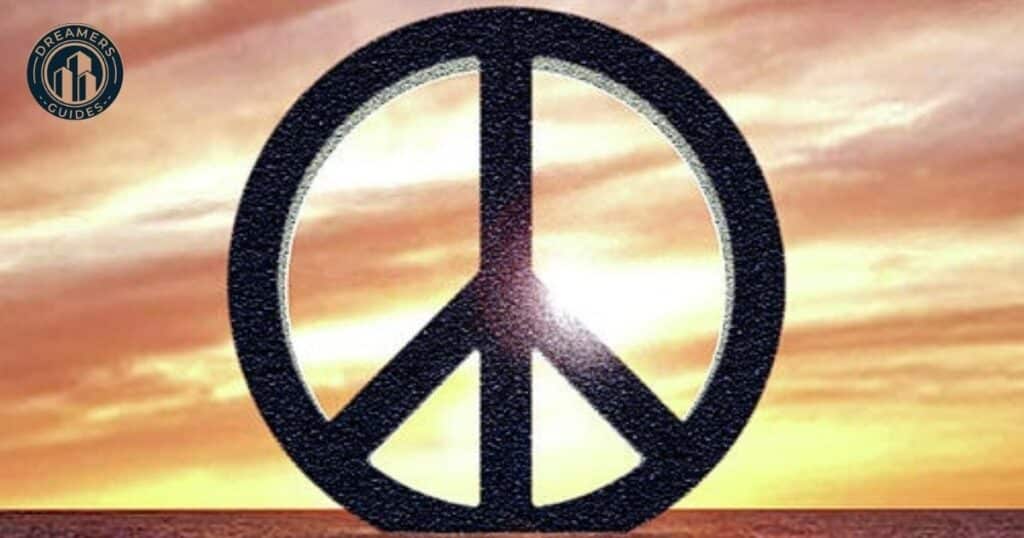
Today, you’ll find this symbol of disarmament everywhere from protest marches to fashion statements. Its universal message transcends language and cultural barriers.
Evolution of the Peace Sign
| Year | Milestone |
| 1958 | Creation by Gerald Holtom |
| 1960 | Adopted by antiwar movement |
| 1970 | Global symbol of peace |
| Present | Universal icon of nonviolence |
The Dove
The dove with an olive branch stands as one of the most recognized peace symbols worldwide. Its origins can be traced back to the Biblical story of Noah’s Ark. Where the dove returned with an olive branch, signaling the end of the great flood and the promise of renewal.
This powerful image resonates deeply, reminding us that even after turmoil and conflict, there is a potential for reconciliation and new beginnings.
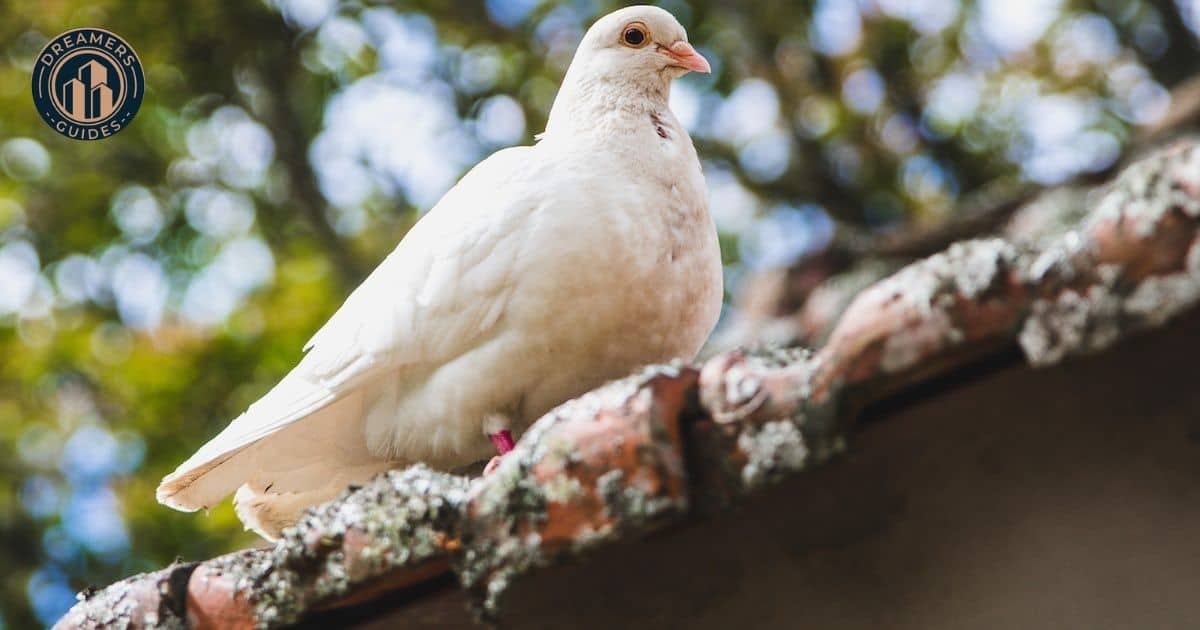
Throughout the centuries, the dove has evolved into a multifaceted symbol of nonviolence and unity. Modern interpretations of the dove can be found in various contexts. For example from United Nations imagery advocating for global peace to wedding decorations.
Its pure white feathers and gentle demeanor represent the ideals of compassion and understanding across cultures, making it a universal emblem of goodwill. And one of the most recognized peace symbols around the world.
In art and literature, the dove also symbolizes the spiritual traditions that emphasize the importance of community and connection. Its presence is a reminder that peace is not merely the absence of war but a dynamic state of harmony that requires continuous effort and commitment from all of us.
As we navigate the complexities of our world, the image of the dove continues to inspire movements for nuclear disarmament. And social justice, reinforcing the belief that through collective action and compassion.
We can foster a future grounded in peace. Ultimately, the dove’s enduring legacy serves as a call to each of us to nurture peaceful connections and strive for a more harmonious existence.
Red & White poppy
The red poppy emerged from the battlefields of World War I, where these flowers bloomed amid the devastation. Poet John McCrae immortalized them in “In Flanders Fields,” transforming the poppy into a symbol of remembrance.
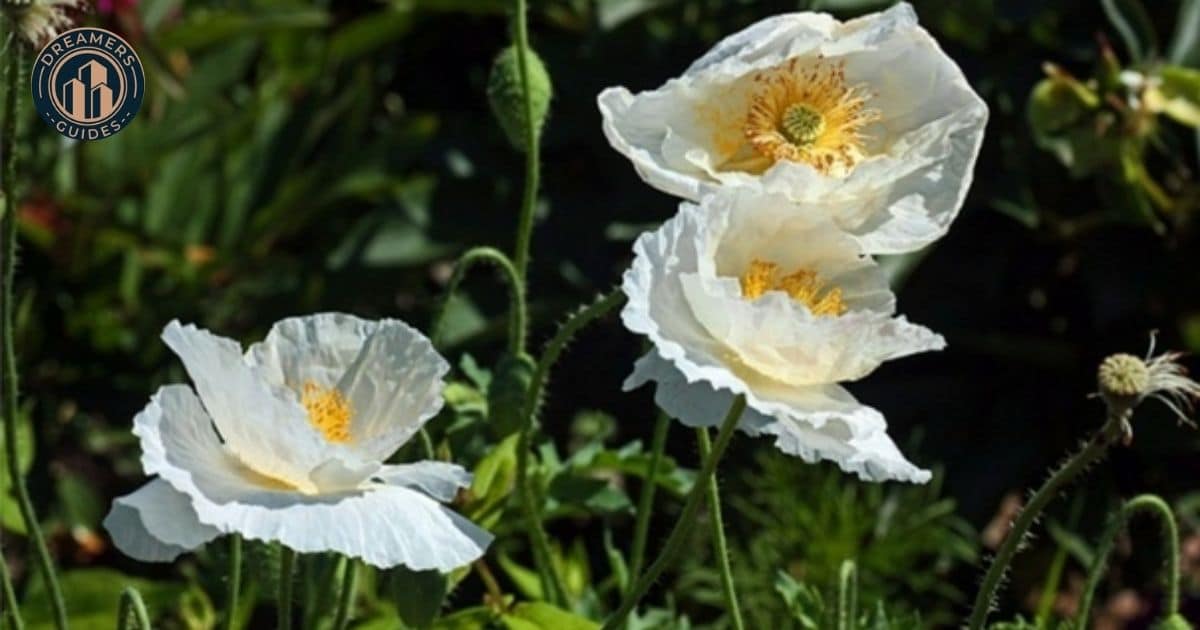
The white poppy, introduced by the Peace Pledge Union, offers an alternative focus on nonviolence. While both honors the fallen, the white poppy specifically advocates for peaceful conflict resolution and the end of all wars.
Lotus Flower
In both Buddhism and Hinduism, the lotus flower represents spiritual awakening and inner harmony. Rising from muddy waters to bloom in pristine beauty, it teaches us about transformation and the possibility of finding peace amid chaos.

The lotus reminds us that true healing begins from within. Its eight petals often represent the Noble Eightfold Path in Buddhism, guiding practitioners toward enlightenment and inner peace.
Read More : Pluto in 7th House: In-depth Explanation
Mistletoe
In Norse mythology, the tale of mistletoe illustrates a profound transformation from a tool of destruction to a revered symbol of peace and love. The story centers around Baldur, the beloved god whose death was orchestrated through a spear.
Upon realizing the devastation caused by this event, Frigg, Baldur’s mother, declared that mistletoe would henceforth represent reconciliation and harmony. This narrative beautifully encapsulates the idea that even elements associated with conflict can be reimagined as powerful vessels of healing and unity.
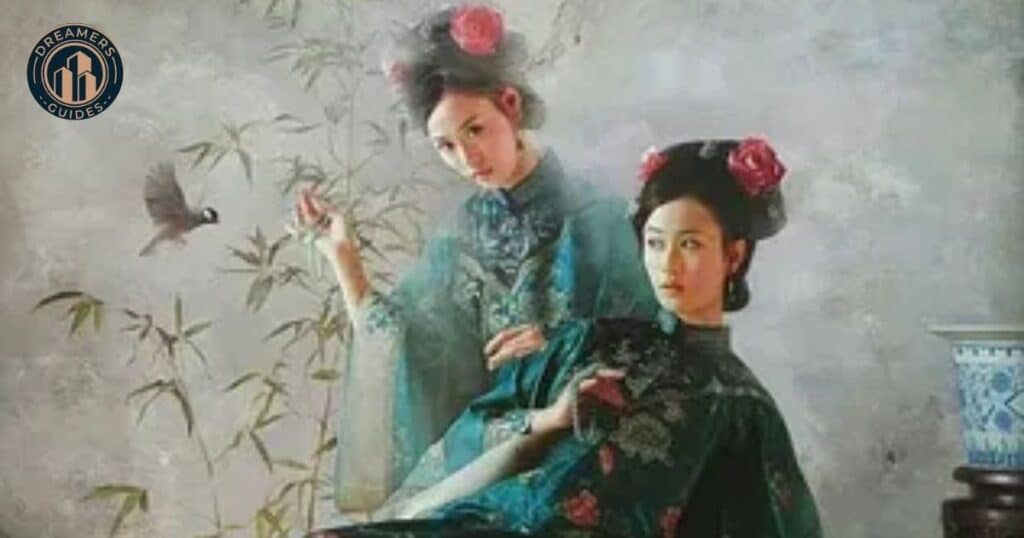
As we explore the significance of mistletoe, it becomes clear that its symbolism transcends ancient tales, finding resonance in contemporary culture. Traditionally hung in homes during the winter months, mistletoe invites people to pause, reflect, and embrace one another.
This act of sharing a kiss beneath the mistletoe not only fosters connections but also serves as a reminder of the importance of compassion and nonviolence in our daily lives. As one of the peace symbols around the world, mistletoe embodies the spirit of unity and harmony.
Moreover, the duality of mistletoe its origins rooted in violence yet blossoming into a symbol of peace mirrors the complexities of human relationships. It reminds us that healing often arises from the ashes of turmoil and that striving for peace is a continuous journey.
The plant’s mystical qualities have long been associated with protection and guidance, further embedding it in the tapestry of spiritual traditions across cultures.
Poignant Reminder
In a world often marked by divisions and strife, the story of mistletoe serves as a poignant reminder of the potential for renewal. Just as the lotus flower emerges beautifully from murky waters.
So too can mistletoe symbolize hope in the face of adversity. By embracing its legacy, we can cultivate spaces of harmony and understanding, turning our back on conflict and forging paths toward unity.
Ultimately, mistletoe teaches us that the journey from conflict to peace is not only possible but essential. It encourages us to transform our own experiences of hardship into opportunities for reconciliation, embodying the belief that love can flourish even in the most unexpected places.
The Universal White Flag
Across history and cultures, the white flag has become one of the most universally recognized symbols of peace, surrender, and truce. Its simplicity holds a profound significance, transcending time, geography, and even the differences between warring factions.
As one of the prominent peace symbols around the world, the white flag embodies a universal desire for harmony.
White, often associated with purity and innocence, was chosen for its high visibility and its representation of a desire for peaceful resolution, making it instantly recognizable on the battlefield.
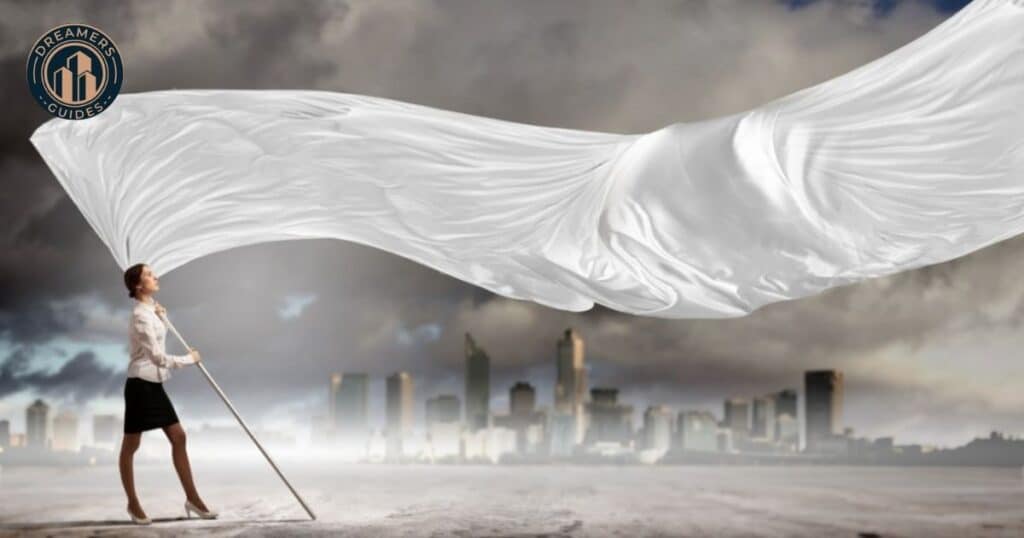
Dating back to ancient China and the Roman Empire, the white flag has long been used to signal a cessation of conflict. It offered a way for armies and individuals to approach their adversaries under the assurance of safety and respect. It made the beginning of negotiations or a truce.
The enduring nature of this symbol can be attributed to its universal clarity no matter the era or region, the white flag conveys an unwavering message: the desire for peace and the end of violence.
The white flag gained formal recognition through international agreements, such as The Hague Conventions of 1899 and 1907, which codified its use during armed conflicts. Today, it remains a key tool as a potent reminder of humanity’s shared yearning for harmony and resolution.
While it may seem a simple piece of cloth, the white flag carries with it the weight of centuries of conflict, negotiation, and, ultimately, reconciliation.
In an age where nonviolence and diplomacy are increasingly emphasized, the white flag stands tall as a symbol of hope. It’s offering a path toward peace that transcends borders, ideologies, and hostilities.
The Paper Crane’s Promise
In Japanese culture, the crane is a revered symbol of longevity and good fortune, often associated with the spiritual traditions . However, the poignant story of Sadako Sasaki, transformed the origami crane into a powerful emblem of peace and hope.
Sadako’s determination to fold a thousand paper cranes, inspired by the belief that doing so would grant her a wish for recovery, resonated deeply with many.
Her efforts not only highlighted the impact of conflict but also became a global symbol advocating for nuclear disarmament and children’s peace education. Each crane she created served as a reminder of the innocent lives affected by war.
This act of creation turned a simple piece of paper into a profound statement about the potential for healing and reconciliation.
Today, the paper crane continues to inspire movements for peace worldwide, encouraging individuals to reflect on the importance of nonviolence. And the collective responsibility to nurture a harmonious future.
As people fold cranes in solidarity, they reaffirm their commitment to fostering peaceful connections among nations, embodying the spirit of Sadako’s legacy.
Ultimately, the paper crane’s promise serves as a beacon of hope, reminding us that even in the face of adversity. We can aspire to create a world where compassion prevails and every child can dream of a future free from conflict.
Read More : What is A Spiritual Gangster?
The Hand V Sign
The V sign began as a powerful symbol of victory during World War II, first popularized by Winston Churchill. In this context, it stood for triumph over adversity, with Churchill using the gesture to inspire hope and resilience against the Axis powers.
The V sign, formed by raising the index and middle fingers, symbolized the promise of liberty and freedom for the Allied nations. It quickly became a unifying emblem of defiance and perseverance, resonating with millions across the globe. Over time, it evolved to join the ranks of other peace symbols around the world.
However, the 1960s witnessed a dramatic shift in the V sign’s meaning. As the peace movement and counterculture gained momentum, particularly during the protests against the Vietnam War, the V sign was reinterpreted to represent peace and nonviolence.
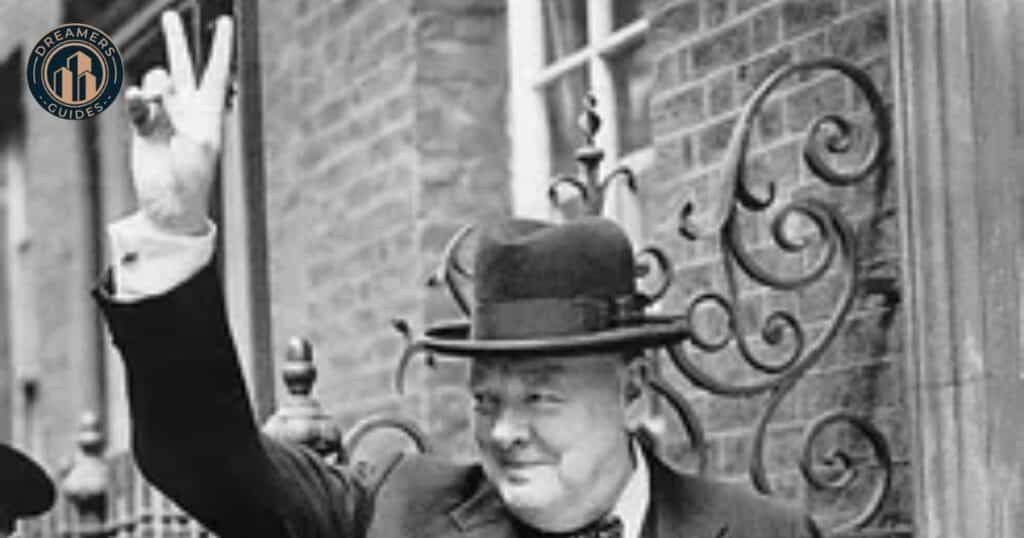
What began as a sign of military victory morphed into a powerful call for harmony and an end to conflict. Embodying the desires of a generation seeking to overcome war and embrace a future defined by compassion and unity.
The V sign became an iconic image of the antiwar movement, often seen at rallies and concerts, particularly within the hippie culture. It was frequently accompanied by slogans of “peace and love,” encapsulating the spirit of nonviolent resistance.
Today, the gesture remains globally recognized as both a symbol of victory and an enduring plea for peace. Underscoring the belief that lasting triumph can only be achieved through understanding and reconciliation, rather than through violence and conflict.
The Feather
In Native American cultures, the feather holds profound spiritual significance, embodying values such as the pursuit of peaceful connections between nations. Each feather is not merely an ornament but a powerful symbol.
It reflects the intricate relationship between humanity and the natural world. Among these, eagle feathers stand out, representing a bridge between earthly concerns and spiritual aspirations.
The eagle, revered for its strength and vision, embodies the qualities of protection and guidance. When adorned with eagle feathers, individuals are reminded of their responsibility to uphold nonviolence and foster harmony within their communities.

These feathers are often used in ceremonies, signifying a connection to the divine and a commitment to living in alignment with one’s spiritual traditions.
Feathers also serve as a reminder of the importance of remembrance honoring ancestors and the teachings passed down through generations. As symbols of compassion, they encourage individuals to seek understanding and reconciliation in the face of conflict.
In a world where divisions often overshadow unity, the sacred feather calls us to cultivate healing and foster respectful dialogue. By embracing its significance, we can inspire a collective movement toward balance and harmony, recognizing that each of us plays a vital role in the tapestry of life.
Ultimately, the feather invites us to honor the divine in ourselves and others, reinforcing the idea that through peaceful connections. We can create a more compassionate and unified world.
Mandala
The mandala holds profound significance in Hinduism and Buddhism, symbolizing cosmic harmony and spiritual wholeness. These intricate circular designs are not merely artistic expressions; they are sacred tools for meditation, guiding practitioners toward inner peace, much like other peace symbols around the world.
As individuals engage with mandalas, they experience a deep sense of tranquility that fosters nonviolence and compassion. This practice serves as a powerful reminder that healing and balance are achievable through mindfulness.
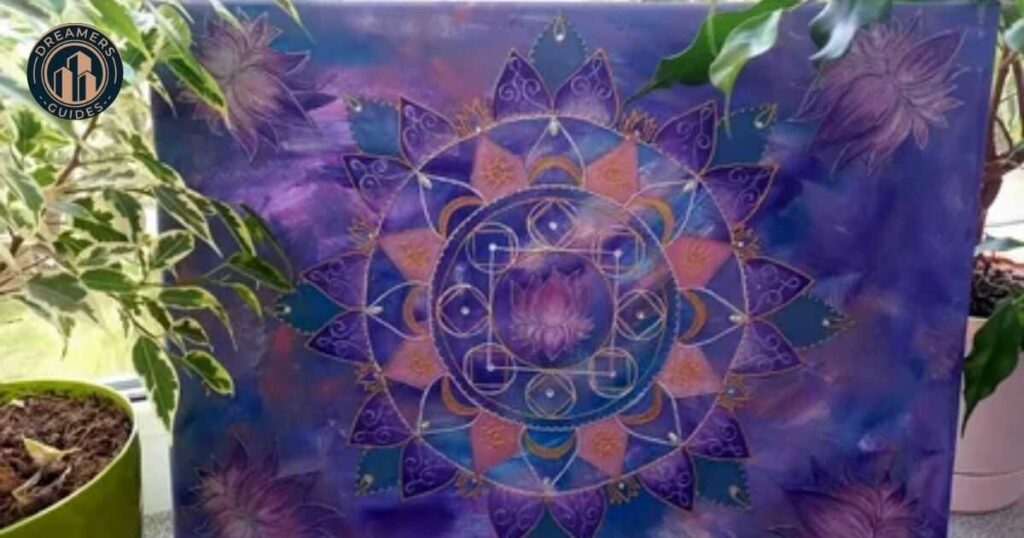
In a world often overshadowed by conflict, the mandala stands as a beacon of hope. Illustrating that through focused intention and spiritual exploration, we can cultivate harmony and achieve a profound sense of peace.
Read More : Aries Sun Scorpio Moon: All You Need To Know
Namaste
The practice of Namaste serves as a profound spiritual greeting that recognizes the divine spark within each individual. This simple yet powerful gesture transcends mere formality. It honors the inherent dignity of every person, fostering a deep connection grounded in compassion and respect.
By acknowledging the divine in others, we lay the groundwork for peaceful interactions, cultivating an atmosphere of harmony and understanding.
In a world often plagued by conflict, Namaste encourages us to pause, reflect, and approach each encounter with mindfulness. This greeting not only serves as a reminder of our shared humanity. But also reinforces the importance of nonviolence in our daily lives.
By embracing the essence of Namaste, we can inspire a culture of healing and unity. Reminding ourselves that peace begins within, radiating outward to create a more compassionate world.
Yin-Yang
The Yin-Yang symbol represents the balance of forces within the universe, illustrating how opposing elements are interconnected and complementary. In this ancient Chinese philosophy, Yin embodies darkness, passivity, and receptivity, while Yang represents light, activity, and creativity.
Together, they show that even in apparent conflict, there is harmony, as these forces are in a constant state of interaction, balancing each other to maintain universal order.
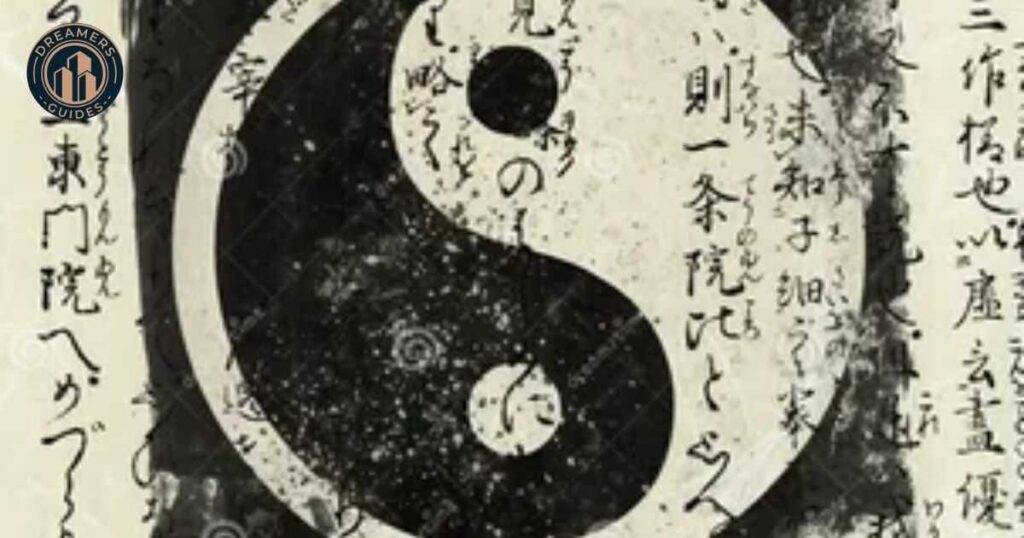
This symbol of peace reminds us that true harmony is achieved not by eliminating opposition but by understanding and integrating both aspects of existence. Just as day balances night, and stillness complements movement. The Yin-Yang encourages us to embrace both the light and shadow within ourselves.
Through this balance, we can achieve inner peace, nonviolence, and a deeper connection with the world around us. Reflecting the fundamental interconnectedness of all things.
Angels
Angels are revered as divine messengers across various religious traditions, embodying the essence of peace and goodwill. These celestial beings serve as intermediaries, delivering messages that inspire hope and foster a sense of harmony in our lives.
Their presence is often associated with protection and guidance, offering comfort during times of conflict and uncertainty.
In many cultures, angels symbolize the potential for healing and the importance of compassion. They remind us that we are never alone, bridging the gap between the divine and human realms. This connection encourages us to embrace our spiritual traditions and recognize the inherent dignity in ourselves and others.
As we navigate life’s challenges, the influence of angels can inspire acts of nonviolence and promote a deeper understanding of our shared humanity. Ultimately, they serve as a beacon of light, guiding us toward a more peaceful and united existence.
Modern Peace Symbols in the Digital Age
In today’s digital age, new forms of peace symbolism have emerged, blending traditional symbols with contemporary mediums. From emoji to viral peace campaigns, modern representations of peace reflect the rapid evolution of communication, technology, and culture.
While classic symbols like the dove with an olive branch or the origami crane still resonate, they now coexist with digital art and global online movements that capture the spirit of harmony and nonviolence.
Read More : Mars in Aquarius: The Revolutionary
The Role of Technology
In the age of social media, technology plays a significant role in reshaping how we share symbols of peace. Social Media platforms peace activists to spread messages of compassion and unity in real time transcending borders and cultural barriers.
These platforms have made it possible for millions to engage in virtual peace movements, amplifying the message of peace and healing at a scale that was previously unimaginable.
The use of the peace sign, originally designed by Gerald Holtom for the British Campaign for Nuclear Disarmament (CND), has found new life in digital spaces. The simple yet powerful image, now widely used in emojis and digital content, symbolizes global calls for disarmament, remembrance, and a commitment to nonviolence.
Moreover, interactive designs such as mandalas and yin-yang symbol are frequently used in apps and meditative experiences. They are promoting inner peace and the balance of forces. These symbols have long represented in spiritual traditions.
Evolving Peace Movements
The rise of viral peace campaigns showcases the adaptability of peace symbols around the world. Campaigns that integrate the V sign or images of feathers a symbol of freedom and protection in many cultures serve as modern day representations of the enduring desire for harmony.
Ultimately, these evolving peace symbols demonstrate how timeless ideals like spiritual tranquility, and healing continue to inspire and unite people across cultures. Even as the platforms for communication change. As peace movements move further into the virtual realm, the message remains clear. The pursuit of peace is as relevant today as ever.
Conclusion
From ancient religious symbols to modern digital icons, peace symbols continue to unite people across cultures. These enduring images remind us that despite our differences, the quest for peace remains a universal human aspiration.
Global Peace Symbols and Their Origins
| Symbol | Origin | Primary Meaning |
| Peace Sign | Britain, 1958 | Nuclear Disarmament |
| Dove | Biblical Times | Hope and Peace |
| White Poppy | 1933, Britain | Pacifism |
| Crane | Japanese Culture | Hope and Healing |
| White Flag | Ancient Times | Surrender and Truce |
Remember, these symbols carry the weight of human history and hope. They remind us that peace isn’t just an absence of conflict, but an active practice of understanding and compassion. In conclusion, peace symbols around the world reflect our shared aspiration for harmony and understanding across diverse cultures.

James Michael
James Michael is the creative force behind Dreamers Guides, dedicated to exploring the rich symbolism and spirituality of diverse cultures. With a passion for uncovering ancient wisdom, He crafts insightful narratives that connect beliefs and foster understanding among readers worldwide.